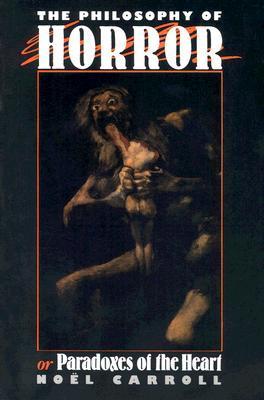What do you think?
Rate this book


272 pages, Paperback
First published January 1, 1990
1. We are genuinely moved by fictionsThe illusion theory denies #1; the pretense theory denies #2. Too much time was spent refuting these implausible theories. The clear answer (imho) is to deny #3. A more illuminating direction, I think, would lie in expanding our understanding of the brain's hard-wired reactions of sympathy while watching other people perform actions, or the role storytelling and play have in learning.
2. We know that that which is portrayed in fictions in not actual
3. We are only genuinely moved by what we believe is actual